There are only patterns, patterns on top of patterns, patterns that affect other patterns. Patterns hidden by patterns. Patterns within patterns.
Chuck Palahniuk, Survivor (1999)
What is Pattern?
The pattern is an arrangement of elements like shape, color, lines, etc. If you look closely you can find Patterns everywhere! Today we will know a little history of Pattern.
Human beings started to wear clothes to survive in cruel environments. Then they eventually got experts in creating. Creating arts, making foods, making clothes, making houses, making patterns. The art of shaping a flat piece of fabric to abide by the curves of a human figure is the art of pattern. Art requires creativity, manipulative skills, time, and patience.
Pattern work as a template for recreating the pre-made design. Pattern making is a connection between design and production. A pattern is 2D while a human figure is not. So, pattern making is done by either crafting or by draping which is a three-dimensional method. Basic patterns consist of front and back bodice, sleeves, and front and back skirts or pants.
History
For hundreds of years in the historical period fittings were not considered a part of the design, but luxury, while it is a very important part of it. Important functions of clothing were to cover and to protect from weather… That’s all! Women had the responsibility of making clothes. After cloth making expanded and professional tailors came. So, back then only high-status people can afford personal or family dressmakers or professional tailors to make their own, desired fitting clothes. But the rest of the citizens made their clothes.
Development of Patterns
The first creation of patterns in clothes appeared in Spain. Juaan de Alcega’s Libro de Geometric Practica y Traca in 1589, and La Rocha Burguen’s Geometrica y Traca in 1618. These books describe how to make garments for men, women, priests, and knights. In the 18th-century “How-To” book was published for home-dressmaker which means for middle and lower casts people. This time, in the books and other journals and magazines, diagrams, patterns, and shapes started to appear. For example, Instructions for Cutting Out Apparel for the Poor (1789) and The Lady’s Economical Assistant (1808) printed full-sized patterns. In the Workman’s Guide (1838), there were not just patterns but also drafting instructions and detailed drawings of final garments.
During Civil War, Ebenezer Butterick began to make patterns for men and children in 1863. He and his family cut and folded each pattern. They started mass production and developed it fairly large that they sold about 6 million clothing patterns by 1871. But in 1873 James McCall began to make patterns too and competition had expanded for Butterick because McCall’s Patterns were for every size and variety of types. McCall began to develop his line of women’s clothing patterns. But still, Butterick and McCall have a huge reputation in the pattern industry. German and French were still competing in the pattern-making market. Der Bazar‘s American version Harper’s Bazar introduced a weekly pull-out pattern add-on sheet with about 24 patterns printed on both sides. By 1871, Harper started offering cut-paper patterns.
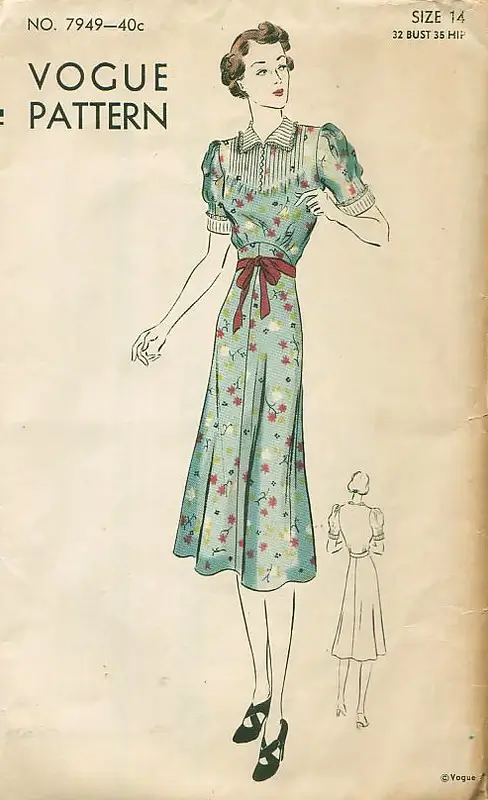
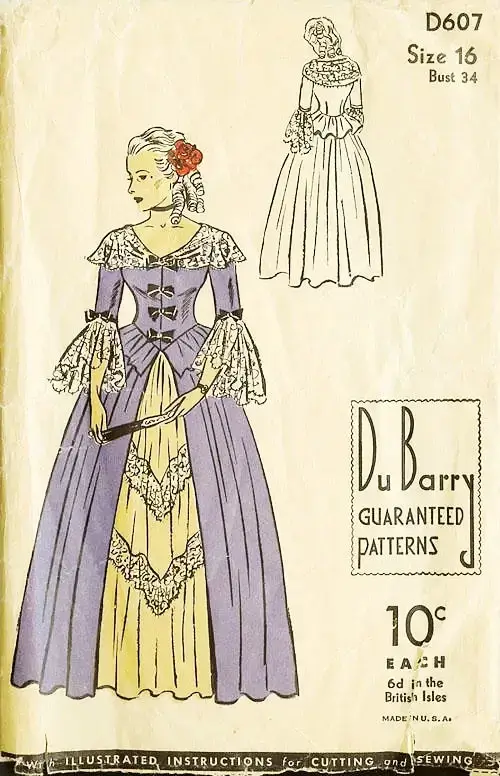
In 1927, Joseph Shapiro founded the Simplicity Pattern Company. This created and reproduced patterns that were affordable for average families. Price of the most patterns sold within 1$, depending upon the quality. But mass production was within 50 cents only. In 1931, Simplicity Pattern collab with Woolworth Company and made DuBarry Patterns, which sold even cheaper than before. At that time, the publisher of Vogue patterns, Conde Nast introduced Hollywood Patterns which sold for 15 cents in 1932. But Hollywood Patterns ended production in 1947.
Closing
The patterns company was increasing and developing day by day. The companies were manufacturing inexpensive patterns for more sales. They started selling through newspapers, magazines and even mail-orders. Newspapers and Magazines’ advertising – drawings of patterns drew the attention of homemakers. Anne Adams and Marion Martin’s patterns were sold entirely through the newspaper. These designs specially targeted middle and lower-status people.
Nowadays we have advanced software, which helps to make innovative patterns. 1800 was the most revolutionary century for pattern-making, as tape measure was started. Unit of measurement still varies from place to place. Britain uses the “inch” system while some still use “hands” as a measuring unit, and France uses the “metric” system. Paper patterns increased after the Sewing machines became more affordable.


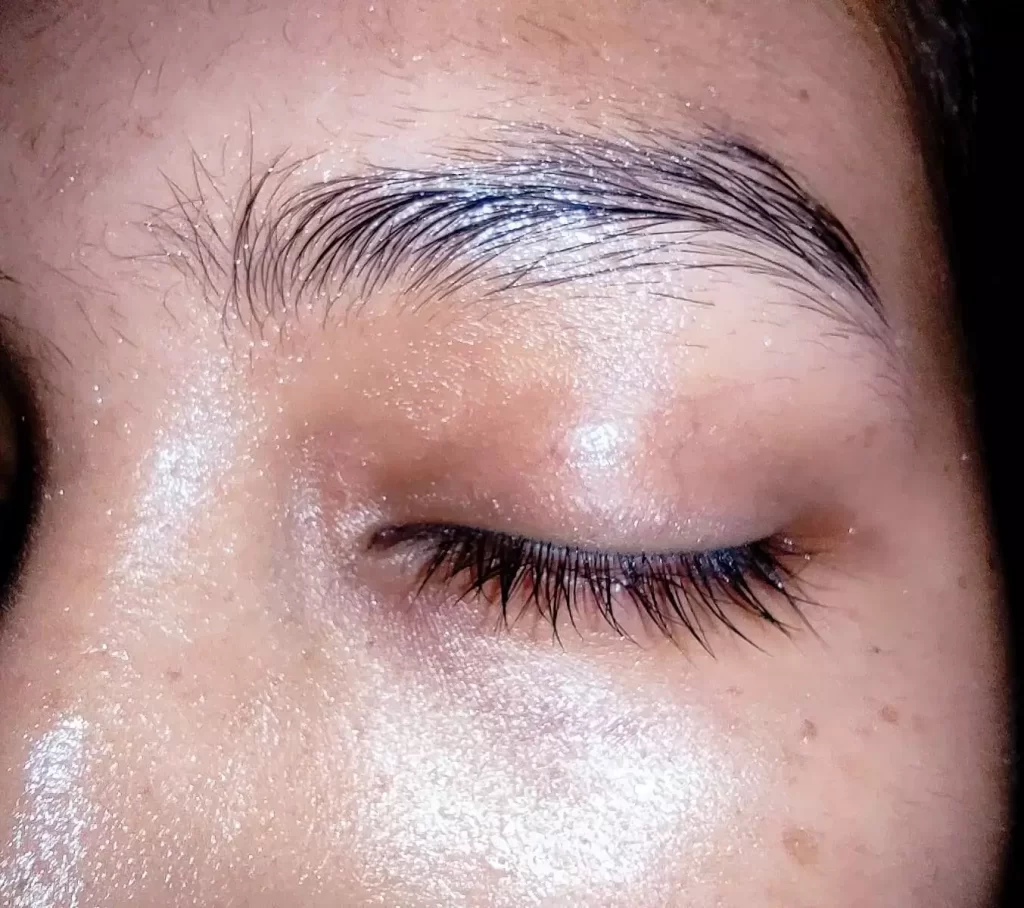
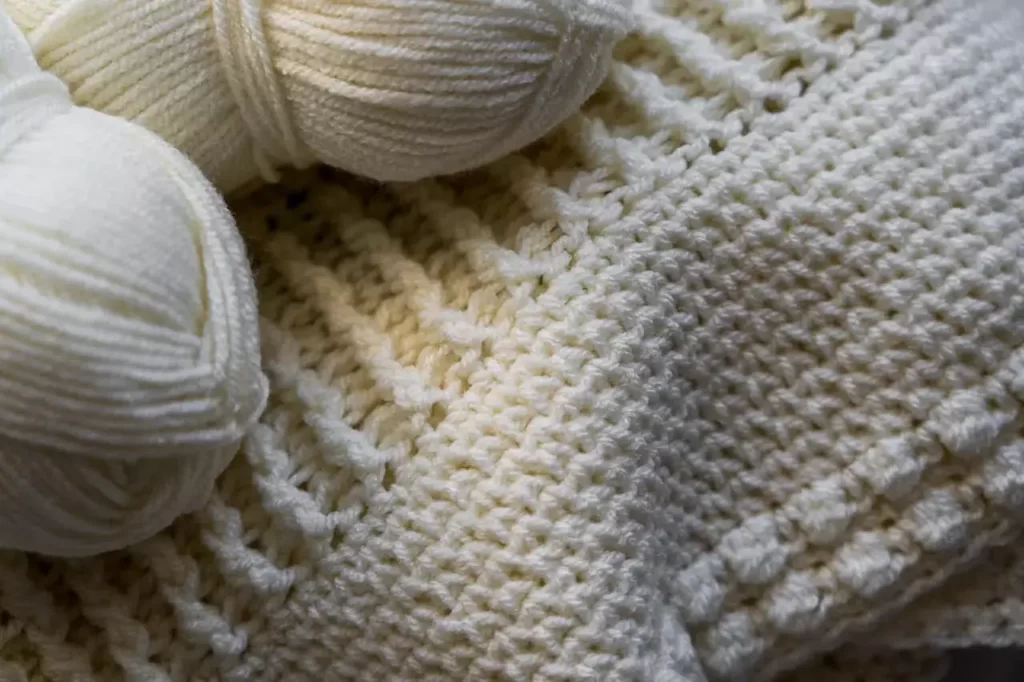
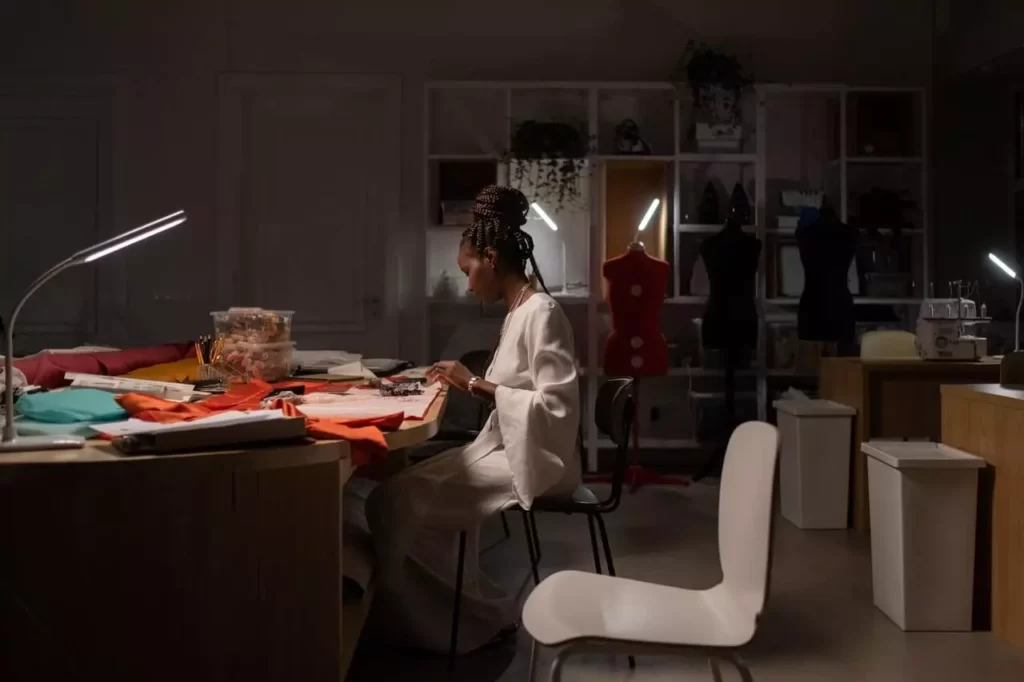

2 Comments. Leave new
Good
😊